Expert’s Note: This 2025 Steak Mastery Guide synthesizes a decade of fire, flavor, and failure into one definitive resource. It builds upon our entire library, from Beef Cuts Explained to BBQ Techniques Explained. The landscape of steak is evolving—driven by sustainability, global flavors, and a return to technique over gadgetry. This isn’t just a guide; it’s your strategic map to steak perfection in the modern age.
Steak 2025: The Ultimate Guide to Cuts, Trends, and Grilling Perfection
“A perfect steak is a conversation between you, the fire, and the meat. It’s not about following a recipe, but about understanding the principles—the sear, the render, the rest. In 2025, mastery means moving beyond just temperature and time. It’s about sourcing with intention, wielding global techniques, and respecting the animal from pasture to plate. The future of steak is intelligent, informed, and incredibly delicious.”
Steak 2025: The Ultimate Guide
Download the 2025 Steak Master Cheat Sheet - Cuts, Temps & Techniques
Welcome to your most comprehensive resource for mastering steak in 2025. The world of beef is changing rapidly, with new cuts gaining prominence, cooking techniques being refined, and a greater emphasis on the story behind the meat. This guide is designed to be your lifelong companion on this journey, covering everything from the fundamental science of heat to the emerging trends that will define the next era of grilling. Whether you’re a weekend warrior or an aspiring pitmaster, the insights within these pages will transform your approach to steak forever.
🎯 THE 2025 STEAK PHILOSOPHY: BEYOND THE GRILL
Mastering steak today requires a holistic understanding that goes far beyond simple cooking instructions.
⚙️ The Four Pillars of Modern Steak Mastery
The Foundation of Enlightenment
- Sourcing Intelligence: It begins before the meat even hits your kitchen. Understanding why meat quality matters—from grass-fed versus grain-finished to regenerative agriculture and ethical butchery—is no longer niche; it’s essential. The modern enthusiast asks “where” and “how” before “how much.”
- Technical Precision: Gone are the days of poking and guessing. The 2025 griller wields tools like the reverse sear and understands the thermodynamics of their grill. It’s about controlling the environment to achieve a specific, repeatable outcome every single time.
- Global Technique Integration: The lines are blurring. The low-and-slow patience of American BBQ, the high-heat intensity of Brazilian churrasco, and the precise dry-aging of European steakhouses are now part of a single, global toolkit for the informed cook.
- Flavor Layering: Seasoning is a journey, not an event. It starts with proper salting techniques, moves through the application of heat and smoke, and finishes with finishing salts, compound butters, or sauces. Each step builds complexity without overwhelming the star ingredient: the beef.
🎯 The 2025 vs. 2005 Steak Enthusiast
🥩 2005 Mindset
- Choice or Prime, no questions
- Gas grill, high heat
- Kosher salt & pepper only
- Poke test for doneness
- Ribeye, Filet, Strip only
- Serve immediately
🚀 2025 Mindset
- Asks about farm, feed, and finish
- Hybrid cooking (e.g., Sous Vide + charcoal sear)
- Umami bombs, dry brining, global rubs
- Digital thermometer for precision
- Explores Denver, Picanha, Flat Iron
- Understands the critical resting phase
🔬 THE SCIENCE OF STEAK: UNDERSTANDING THE CRAFT
To command the fire, you must first understand the fuel. This is the non-negotiable theory behind every great steak.
🥩 Marbling, Aging, and Muscle Structure
What Makes Meat Tender and Flavorful
- Marbling (Intramuscular Fat): This is the white flecks and streaks of fat within the muscle. During cooking, this fat melts, basting the steak from the inside out. This is the primary driver of juiciness and flavor and the key differentiator in Prime vs. Choice grading. More marbling generally means a more luxurious eating experience.
- Aging (Breaking Down Enzymes): After slaughter, natural enzymes in the meat (calpains and cathepsins) begin to break down the muscle proteins and connective tissue. This process is aging.
- Wet Aging: The meat is vacuum-sealed in plastic and aged in its own juices. This is the most common method. It concentrates the beefy flavor and is very efficient, with little waste.
- Dry Aging: The meat is placed in a highly controlled, open-air environment for weeks or even months. Moisture evaporates, concentrating flavor and creating a nutty, funky, profoundly beefy taste. The exterior forms a hard crust (pellicle) that is trimmed away, resulting in a premium product and higher cost. For the adventurous, see our guide on dry aging at home.
- Muscle Structure & Connective Tissue: Muscles that get more exercise (like the shoulder or leg) are tougher because they have more connective tissue (collagen). Cuts from the less-worked middle of the animal (rib, short loin) are naturally more tender. The secret to tough cuts? Low-and-slow cooking melts tough collagen into rich, unctuous gelatin.
🔥 The Physics of Heat Transfer
How Energy Transforms Meat
- Conduction: Direct contact with a hot surface (grill grates, pan). This is what creates the Maillard reaction and crust.
- Convection: Hot air or fluid moving around the meat (the air in your oven, the water in a sous vide bath). This is the primary method for cooking the interior of thicker steaks.
- Radiation: Infrared energy traveling directly from a heat source to the meat (the glowing coals in a fire, the broiler in your oven). This provides intense, direct heat for searing.
- The Maillard Reaction: This is the complex chemical reaction between amino acids and reducing sugars that occurs around 300°F (150°C). It’s responsible for the beautiful brown color and the hundreds of new flavor compounds that create the “seared” taste. It is not caramelization (which involves sugars only). A proper sear requires a dry surface—pat your steak dry meticulously!
📊 The Ultimate Steak Cut Matrix 2025
🎯 A Data-Driven Guide to Selecting Your Steak
| Cut | Flavor Profile | Tenderness (1-10) | Best Cooking Method | 2025 Trend Status |
|---|---|---|---|---|
| Ribeye | Buttery, Rich, Beefy | 9 | Grill, Reverse Sear, Pan-Sear | 👑 Classic King |
| Filet Mignon | Mild, Buttery, Subtle | 10 | Pan-Sear, Grilling, Sous Vide | 💎 Luxury Standard |
| New York Strip | Bold, Beefy, Slightly Firmer | 8 | Grill, Reverse Sear | ⚔️ Reliable Workhorse |
| Picanha (Sirloin Cap) | Robust, Savory, Fat-Cap Sweetness | 7 | Grill (Skewered), Churrasco | 📈 Rising Star |
| Denver Steak | Rich, Highly Marbled, Bold | 8 | Grill, Pan-Sear | 💡 Value Champion |
| Skirt Steak | Intense, Beefy, Coarse Texture | 6 | Very Hot Grill, Pan (for Fajitas) | 🌯 Flavor Powerhouse |
| Flat Iron Steak | Buttery, Well-Marbled, Tender | 8 | Grill, Pan-Sear | 🔍 Butcher’s Secret |
| Tri-Tip | Lean, Beefy, Slightly Gamey | 7 | Grill (2-Zone), Smoke | 🏆 West Coast Legend |
🔥 THE 2025 COOKING TECHNIQUE ARSENAL
The modern griller’s toolkit is diverse. Here are the essential methods you need to master.
1. The Reverse Sear: The Gold Standard for Thick Steaks
Precision from Edge to Edge
What it is: A two-stage process where the steak is cooked gently with indirect heat (or in a low oven) until it’s about 10-15°F below your target final temperature, then seared at very high heat to create the crust.
Why it’s dominant in 2025: It provides unparalleled control, creating a perfect, uniform doneness from edge to edge with no gray band. It’s the ultimate technique for steaks 1.5 inches and thicker.
How to do it:
- Pat steak dry and season generously with salt. Let it sit on a rack in the fridge for 1-24 hours (dry brine).
- Preheat oven or set up your grill for two-zone cooking to 225-275°F (107-135°C).
- Cook steak until internal temperature is 10-15°F below target (e.g., 115°F for Medium-Rare).
- Meanwhile, get your searing surface (cast iron, grill grates) screaming hot.
- Sear for 45-90 seconds per side until a deep brown crust forms.
- Rest for 5-10 minutes before slicing.
For a deep dive, read The Ultimate Reverse Sear Guide.
2. Sous Vide + Sear: Laboratory-Level Precision
The Ultimate in Control
What it is: The steak is vacuum-sealed and cooked in a precisely controlled water bath, then seared.
Why it’s a 2025 power technique: It is physically impossible to overcook the steak (as long as you don’t burn the sear). You can hold it at the exact perfect temperature for hours, making it ideal for dinner parties and achieving textures that are unattainable with other methods.
How to do it:
- Season steak and seal in a vacuum bag or a high-quality ziplock bag (using the water displacement method).
- Set your sous vide circulator to your desired final temperature (e.g., 129°F for Medium-Rare).
- Cook for 1-4 hours (longer for very thick cuts).
- Remove from bag, pat extremely dry.
- Sear in a blazing hot pan or on a grill for 45-60 seconds per side.
3. The Cold Smoke Reverse Sear: A Flavor Revolution
Infusing Smoke Without Overcooking
This advanced hybrid technique is gaining traction. It involves cold smoking the steak (keeping it below 90°F / 32°C) for 1-2 hours to infuse a profound smoky flavor, then proceeding with a standard reverse sear. This gives you the smoke profile of a brisket with the texture of a perfect steak. Learn more about this in our guide Reverse Searing Explained: Cold Smoking vs Hot Smoking.
🎯 STEAK DONENESS: THE 2025 TEMPERATURE STANDARD
Forget the palm test. Precision is power. All temperatures are listed as final rest temperature.
The Modern Doneness Spectrum
Rare
120-125°F
Cool red center. Soft, tender texture. For the purest beef flavor.
Medium-Rare
128-133°F
Warm red center. The sweet spot for tenderness, juiciness, and flavor.
Medium
135-145°F
Warm pink center. Firmer, but still juicy. A safe compromise.
Medium-Well
148-155°F
Slight hint of pink. Significantly less juicy. Not recommended for premium cuts.
Well-Done
160°F+
Gray throughout. Tough and dry. Only for ground beef or by specific request.
Remember: The temperature will rise 5-10°F during the rest. Always use a digital instant-read thermometer. For a full chart, see our Ultimate Meat Temperature Guide.
🧂 THE 2025 SEASONING & FLAVOR STRATEGY
Seasoning is a layered process, not a single action.
🧂 The Dry Brine (The Foundation)
Salting 1-24 hours before cooking is the single biggest upgrade you can make.
- How: Apply kosher salt (about 1/2 tsp per pound) evenly on all sides. Place on a wire rack over a baking sheet and leave uncovered in the refrigerator.
- Why: The salt initially draws out moisture, which then dissolves the salt. This salty brine is re-absorbed, seasoning the meat deeply and altering the protein structure to retain more juice during cooking. It also thoroughly dries the surface for a superior sear.
- Pro-Tip: For more on this, see our guide on How Professional Chefs Actually Season Meat.
🌿 The Flavor Layer (Rubs & Finishes)
Building complexity after the salt.
- Black Pepper: Add it just before cooking or after searing. It burns easily and can become bitter over high heat.
- Umami Powders: Mushroom powder, powdered soy sauce, or nutritional yeast can be added to your salt rub for a deep, savory boost.
- Finishing: After resting, finish with flaky sea salt (like Maldon), a drizzle of high-quality olive oil, or a pat of compound butter.
- Global Rubs: Explore creating your own signature rubs with spices like cumin, coriander, or coffee for different flavor profiles.
🚨 THE 2025 STEAK TROUBLESHOOTING GUIDE
🎯 Diagnose and Fix Common Steak Problems
| Problem | Likely Cause | The 2025 Fix |
|---|---|---|
| Gray Band | Searing too early/long; heat too low. | Adopt the Reverse Sear. Cook gently to temp, then sear quickly and violently. |
| Steak Sticks to Grill | Grill not hot enough; grates not clean/oiled. | Get grill screaming hot. Clean grates thoroughly. Oil the steak, not the grates. Read The Science Behind Sticking. |
| Chewy, Tough Texture | Overcooked; wrong cut; not sliced correctly. | Use a thermometer. Choose tender cuts for grilling. Always slice against the grain to shorten muscle fibers. See Meat Cutting Tips. |
| Lacks Flavor | Underseasoned; poor sear; low-quality meat. | Dry brine. Ensure surface is bone-dry for sear. Invest in better beef. Understand Meat Quality. |
| Burnt, Bitter Exterior | Sugar in rub burned; flare-ups; heat too high for too long. | Avoid sugar-heavy rubs for high-heat searing. Manage flare-ups with two-zone cooking. Sear quickly. |
🏁 THE PATH TO STEAK MASTERY IN 2025
The journey to steak perfection is a continuous one, defined by curiosity, practice, and a respect for the craft. The landscape in 2025 is rich with opportunity—to explore new cuts, refine techniques with scientific precision, and make more informed choices about the food we eat.
This guide is your foundation. Return to it. Cross-reference it with our deep dives on specific cuts, techniques, and tools. Let it be the starting point for your own experiments.
Your mission is clear: Start with one new technique, perhaps the reverse sear. Master it. Then, seek out one new cut, like a Denver Steak or a Picanha. Understand its unique character. Finally, refine your sourcing. Ask your butcher questions. The cumulative effect of these small, intentional steps is a level of skill and enjoyment that will last a lifetime.
The fire is ready. Your knowledge is armed. Now, go forth and sear.
🚀 EXPLORE THE 2026 STEAK TRENDS →
See where the world of steak is headed next in our forward-looking guide
Your Steak Mastery Toolkit: Dive deeper into every aspect of the craft with our specialized guides.

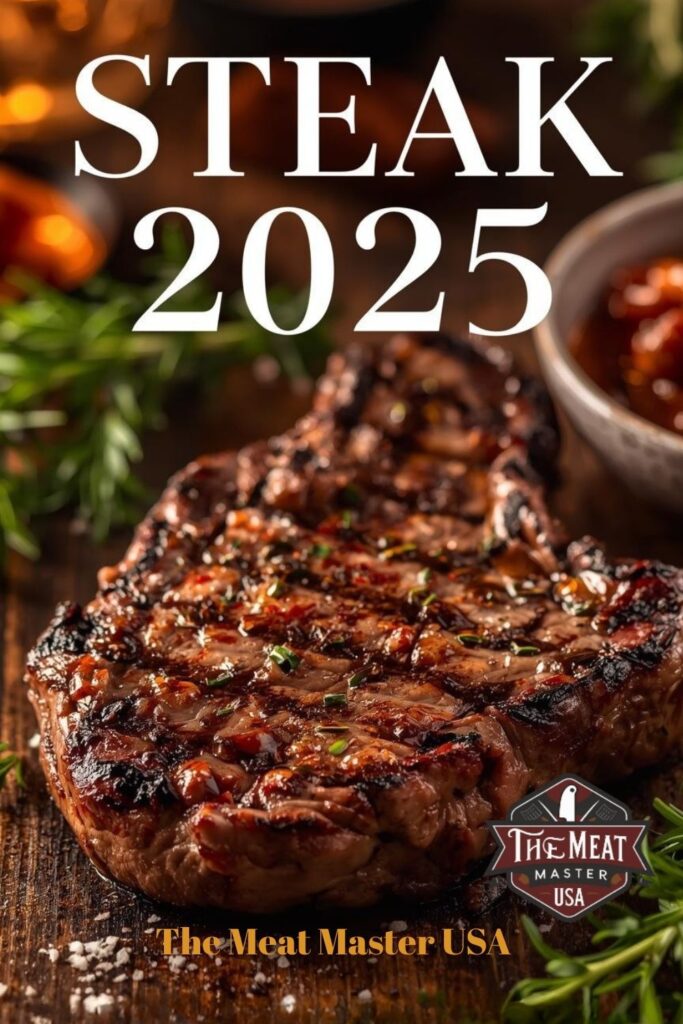

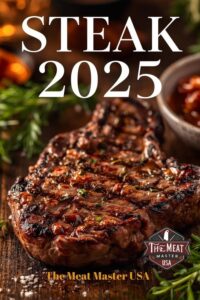
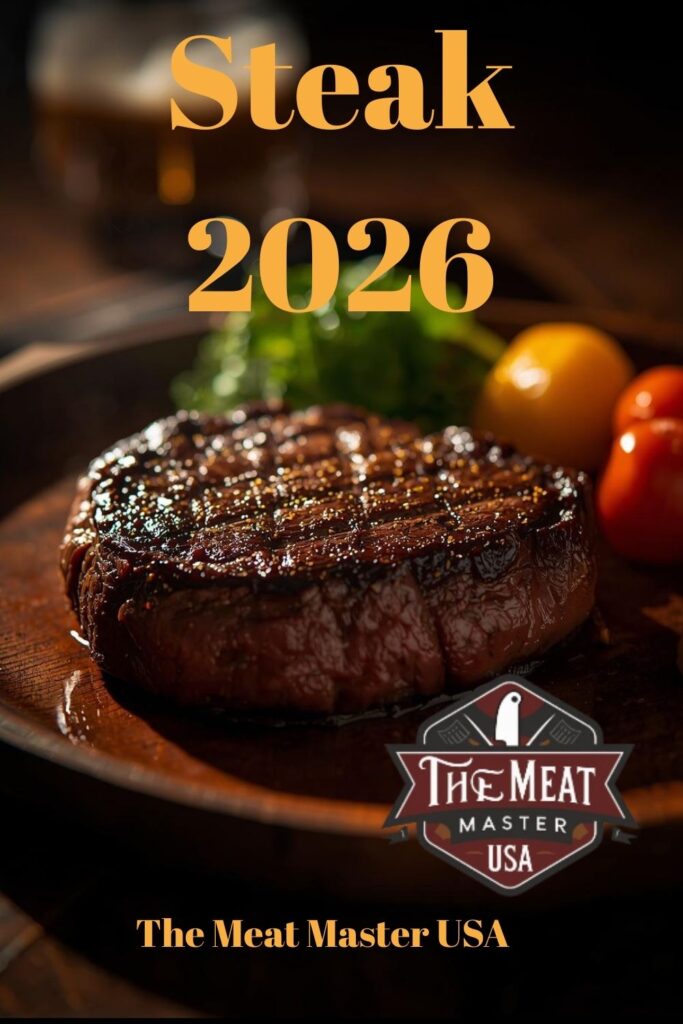
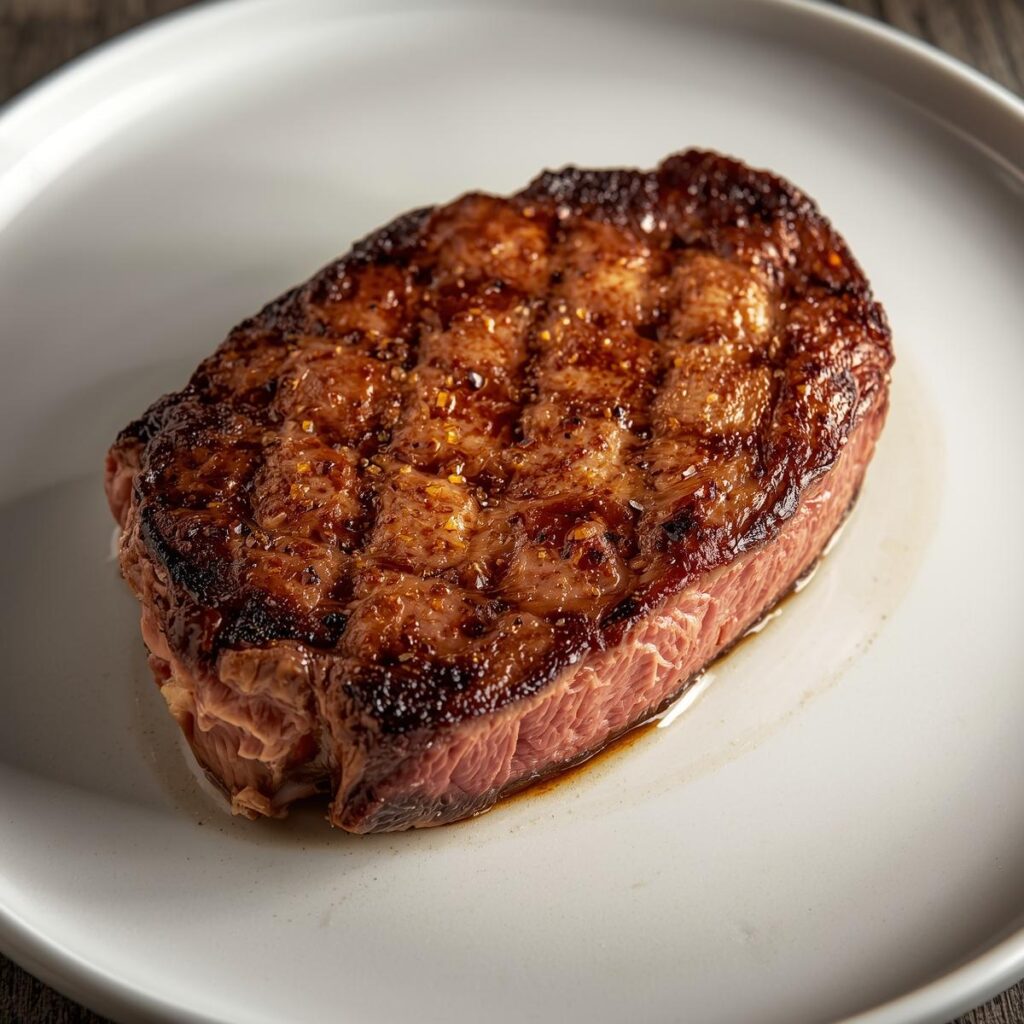
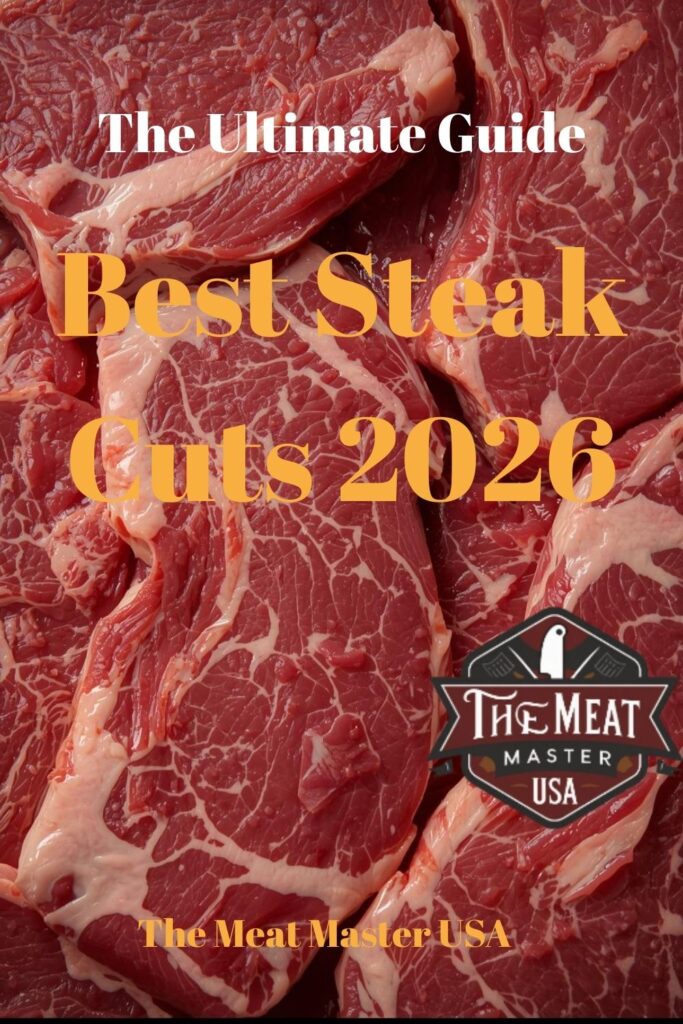
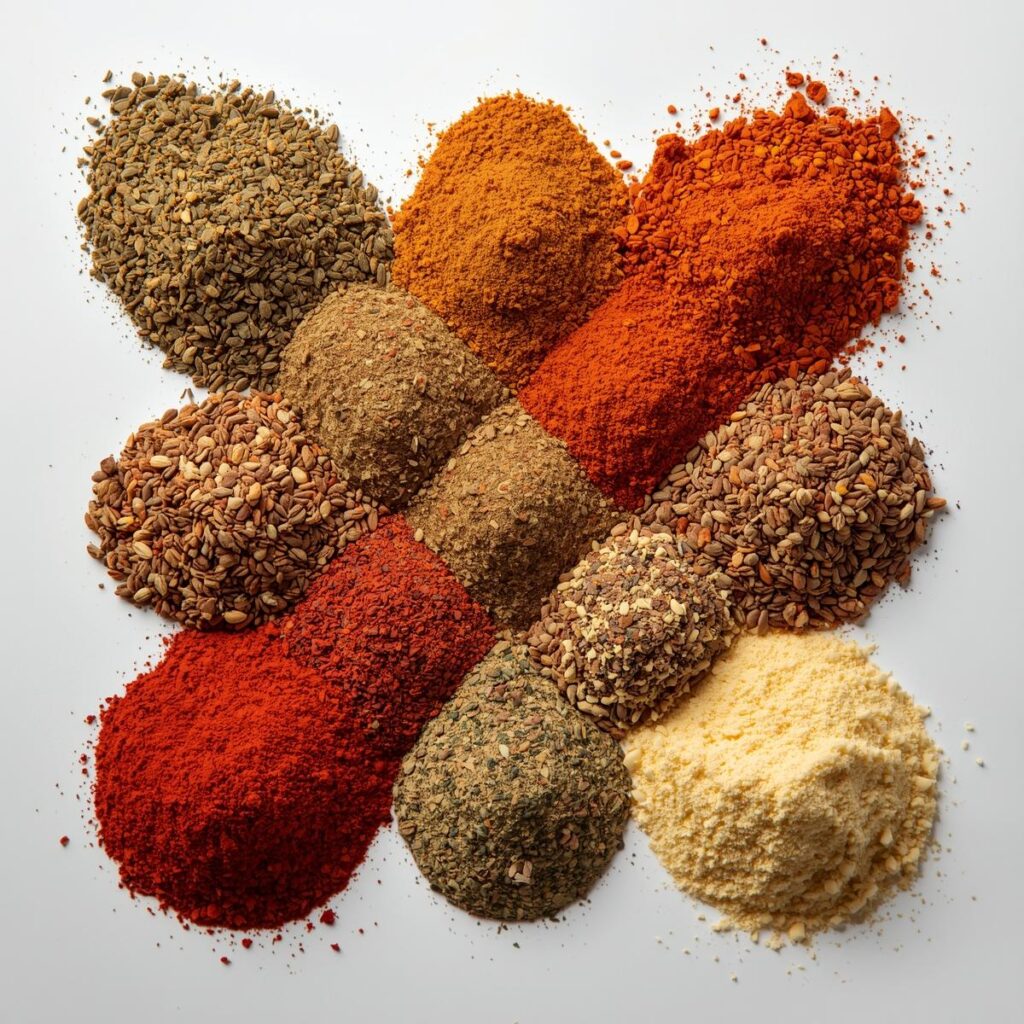

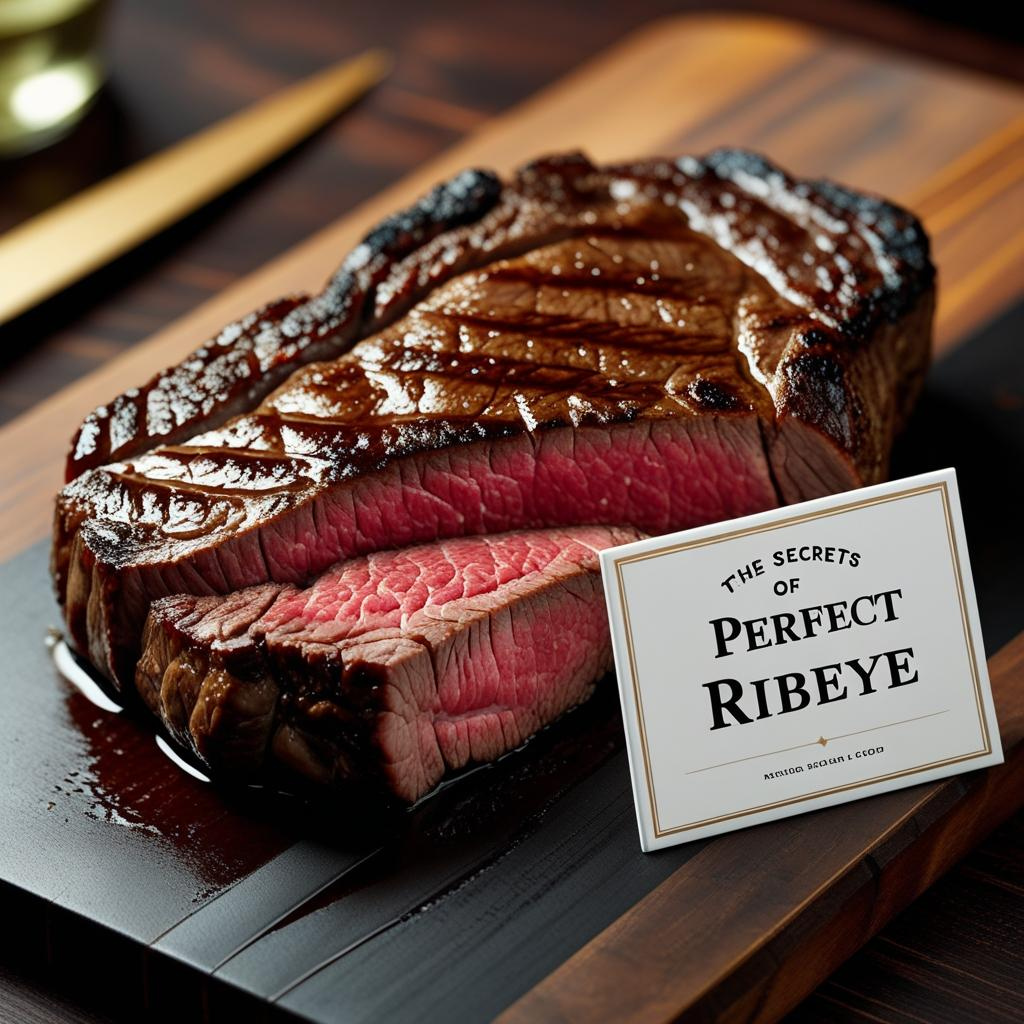
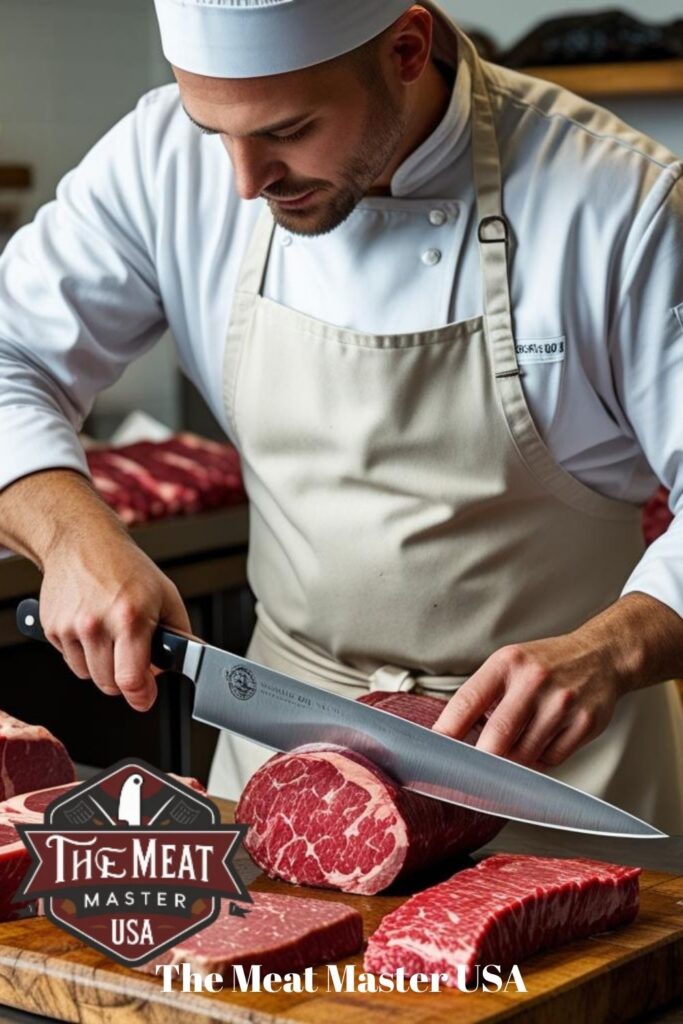
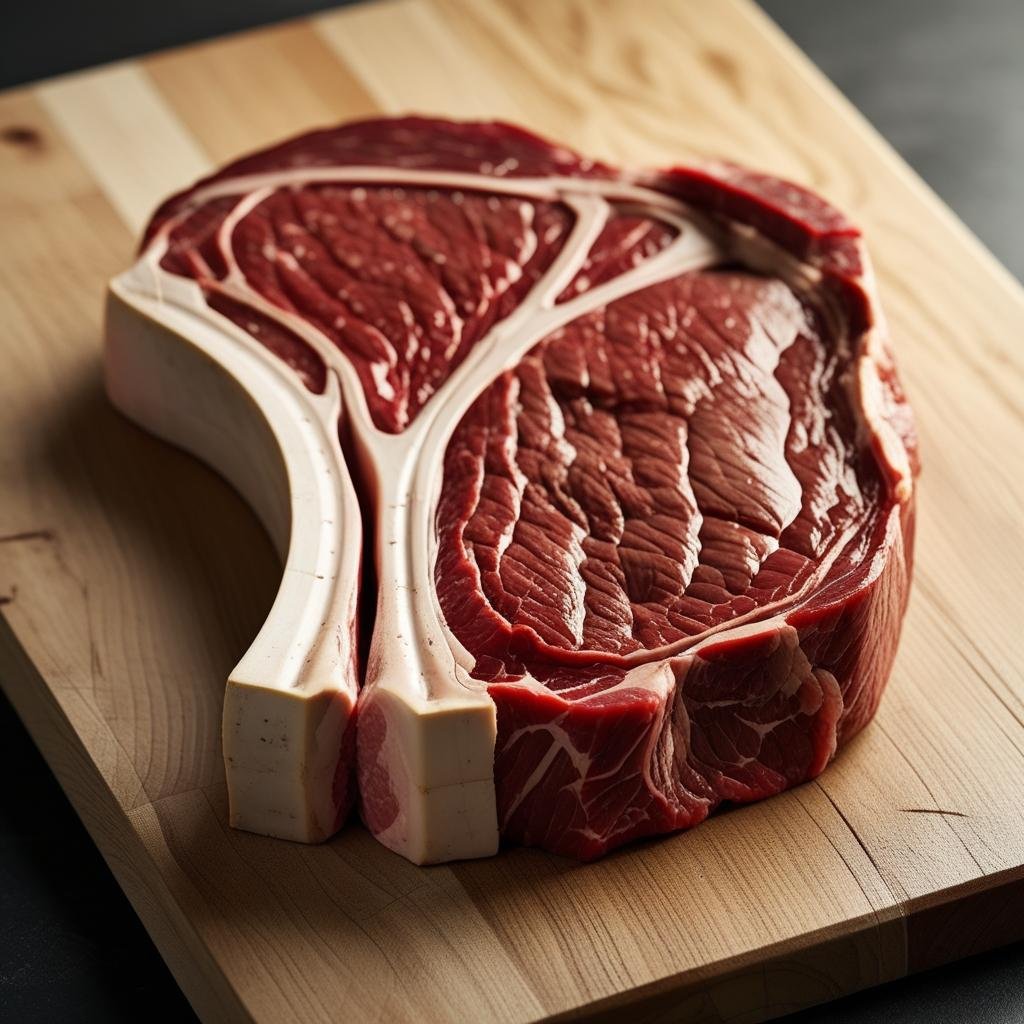
Pingback: How to Cook Picanha Like a Pro - The Meat Master USA
Pingback: Grilling Tips: How to Grill Perfect Steak Every Time (A Pro Guide)
Pingback: Steak 2026: The Ultimate Guide to Cuts, Trends, and BBQ Perfection
Pingback: The Ultimate Guide to Poultry Cuts: From Chicken Breast to Whole Turkey - The Meat Master USA [2025]
Pingback: The Ultimate Ribeye Guide | Tips, Temperatures, & Recipes - The Meat Master USA
Pingback: The Ultimate Temperature Guide: Grilling and Smoking Charts for Every Meat 2025
Pingback: BBQ Techniques Explained: A Master Guide
Pingback: BBQ: More Than a Meal: Your Guide to Grilling & Smoking [2025]